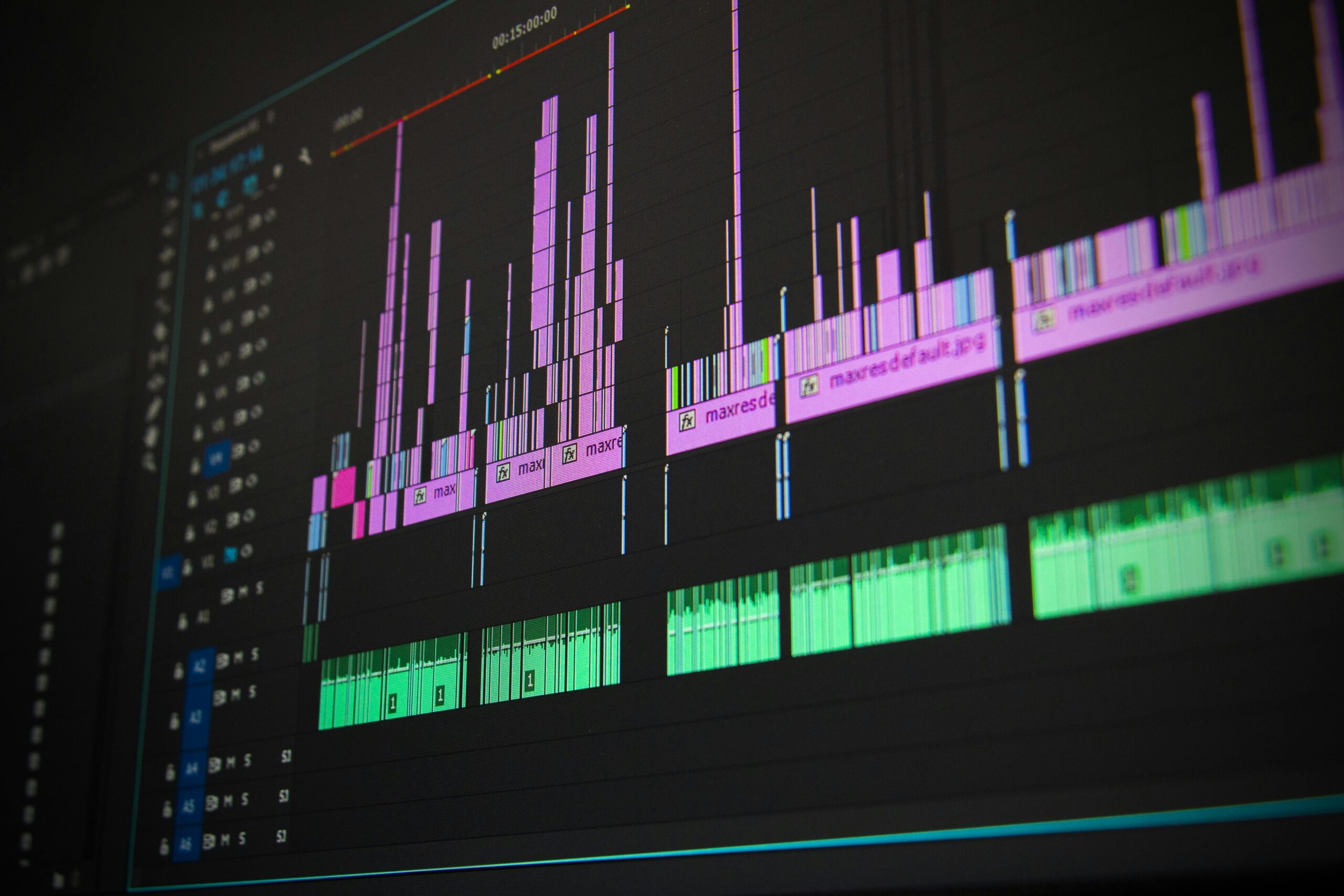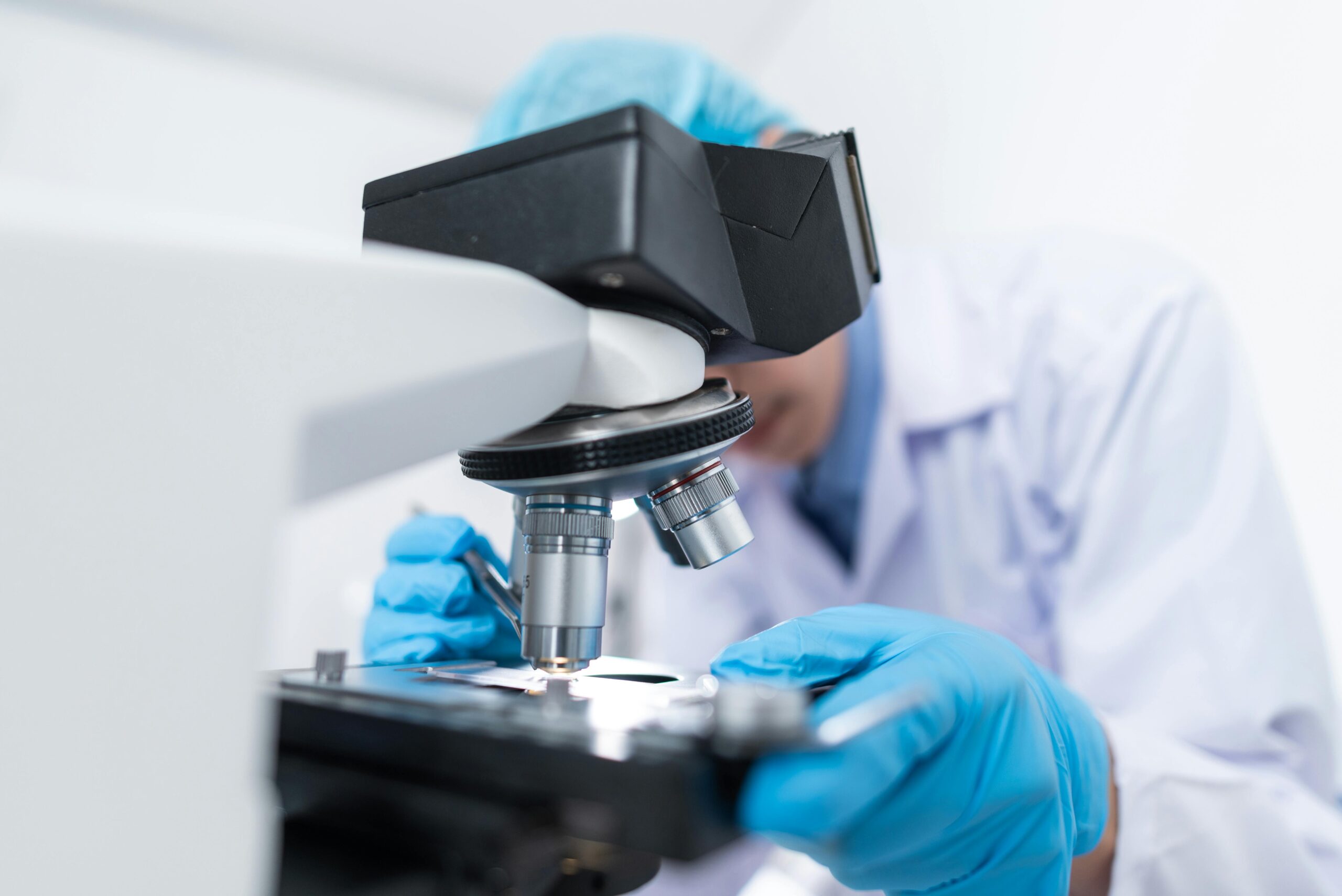Artificial intelligence is transforming healthcare in unprecedented ways, enabling scientists and clinicians to predict biological processes with remarkable accuracy. Computational modeling now stands at the forefront of precision medicine, particularly in understanding tissue growth.
The intersection of AI and biomedical research represents one of the most promising frontiers in modern medicine. As healthcare systems worldwide grapple with increasingly complex challenges, the ability to predict how tissues develop, regenerate, and respond to treatment has become paramount. This technological revolution is not just about faster diagnostics or more efficient drug development—it’s about fundamentally reimagining how we understand the human body at the cellular and molecular levels.
🔬 The Foundation: Understanding Tissue Growth Dynamics
Tissue growth is an extraordinarily complex biological phenomenon involving countless cellular interactions, biochemical signals, and environmental factors. Traditional methods of studying these processes relied heavily on observation, experimentation, and educated hypotheses. While these approaches yielded invaluable insights, they often fell short when attempting to predict outcomes in diverse patient populations or novel treatment scenarios.
Computational modeling introduces a paradigm shift by creating digital representations of biological systems. These models can simulate tissue behavior under various conditions, accounting for multiple variables simultaneously—something that would be virtually impossible through traditional experimental methods alone. The integration of AI amplifies this capability exponentially, allowing systems to learn from vast datasets and identify patterns that human researchers might never detect.
The physiological processes governing tissue growth involve cell proliferation, differentiation, migration, and apoptosis. Each of these mechanisms responds to intricate signaling pathways influenced by growth factors, mechanical forces, oxygen availability, and numerous other parameters. Capturing this complexity in mathematical equations and algorithms represents a monumental scientific achievement that continues to evolve.
Machine Learning Algorithms Decoding Biological Complexity
Machine learning has emerged as the cornerstone technology enabling accurate tissue growth predictions. These algorithms excel at processing multidimensional data from various sources including genomic sequences, protein expression profiles, imaging studies, and clinical records. By training on historical data, machine learning models develop the capability to forecast tissue development trajectories with increasing precision.
Deep learning architectures, particularly convolutional neural networks, have demonstrated exceptional performance in analyzing medical imaging data. These networks can identify subtle morphological changes in tissue structure that precede visible growth patterns, enabling earlier intervention and more personalized treatment strategies. Recurrent neural networks excel at modeling temporal dynamics, making them ideal for predicting how tissues evolve over time in response to therapeutic interventions.
The beauty of machine learning in this context lies in its ability to continuously improve. As more patient data becomes available and treatment outcomes are documented, these models refine their predictions, becoming increasingly accurate and reliable. This creates a virtuous cycle where better predictions lead to better treatments, which generate better data, further enhancing predictive capabilities.
Neural Network Architectures Transforming Predictions
Different neural network architectures offer unique advantages for specific aspects of tissue growth modeling. Graph neural networks are particularly suited for representing cellular interactions and tissue architecture, where relationships between cells matter as much as the cells themselves. These networks can model how signals propagate through tissue and how mechanical forces distribute across complex three-dimensional structures.
Generative adversarial networks (GANs) have opened new possibilities for predicting tissue morphology under different scenarios. By generating realistic simulations of tissue development, these systems help researchers and clinicians visualize potential outcomes before committing to specific treatment protocols. This capability is invaluable in surgical planning, regenerative medicine, and oncology applications.
⚕️ Clinical Applications Reshaping Patient Care
The practical applications of AI-driven tissue growth prediction span virtually every medical specialty. In oncology, these models help predict tumor growth patterns, enabling more precise radiation therapy planning and helping oncologists anticipate how cancers might respond to specific chemotherapy regimens. This precision reduces unnecessary exposure to toxic treatments while improving overall outcomes.
Regenerative medicine represents another area where computational modeling is making tremendous strides. When engineering tissue constructs for transplantation or using stem cell therapies, predicting how these tissues will develop and integrate with existing biological structures is critical. AI models can simulate various scaffold designs, growth factor combinations, and environmental conditions to optimize regenerative outcomes before laboratory work even begins.
Wound healing represents a particularly impactful application. For patients with chronic wounds—including diabetic ulcers, pressure sores, and burns—predicting healing trajectories helps clinicians make informed decisions about intervention timing and treatment intensity. These predictions account for patient-specific factors such as age, comorbidities, nutritional status, and wound characteristics, delivering truly personalized care strategies.
Surgical Planning Enhanced Through Predictive Modeling
Orthopedic and reconstructive surgeons increasingly rely on computational predictions when planning complex procedures. Before performing bone grafts, joint replacements, or craniofacial reconstructions, surgeons can now visualize how tissues will respond to different surgical approaches. These simulations incorporate biomechanical principles, vascular supply considerations, and healing dynamics to optimize surgical techniques.
Cardiovascular applications are equally transformative. Predicting how cardiac tissue will remodel after myocardial infarction or how vascular grafts will integrate and adapt helps cardiologists and cardiac surgeons develop more effective treatment protocols. These predictions can identify patients at high risk for adverse remodeling who might benefit from more aggressive interventions.
Data Integration: The Fuel Powering AI Predictions 📊
The accuracy of AI-driven tissue growth predictions depends fundamentally on the quality and comprehensiveness of input data. Modern healthcare generates enormous volumes of information—from electronic health records and laboratory results to genomic sequences and high-resolution imaging. Integrating these diverse data sources into coherent, analyzable formats represents a significant technical challenge that the field continues to address.
Multi-omics data integration has become particularly important. By combining genomics, transcriptomics, proteomics, and metabolomics information, researchers can develop holistic models that account for the full spectrum of biological factors influencing tissue growth. This systems biology approach provides unprecedented insight into the molecular mechanisms driving tissue development and disease progression.
Imaging data contributes essential spatial and temporal information. Advanced microscopy techniques, MRI, CT scans, and ultrasound all provide different perspectives on tissue structure and function. AI algorithms can fuse these imaging modalities with molecular data to create comprehensive digital representations of tissue states and predict future trajectories with remarkable fidelity.
Overcoming Data Heterogeneity Challenges
One persistent challenge involves data standardization. Different institutions use varying protocols, equipment, and measurement standards, creating heterogeneity that can confound AI models. The medical AI community has responded by developing sophisticated normalization techniques and transfer learning approaches that allow models trained on one dataset to perform well on data from different sources.
Privacy concerns also shape how medical data can be utilized for AI development. Federated learning approaches offer promising solutions, enabling models to train on distributed datasets without requiring sensitive patient information to leave secure institutional environments. This technology allows the benefits of large-scale data analysis while maintaining rigorous privacy protections.
Computational Power Enabling Real-Time Predictions ⚡
The computational demands of tissue growth modeling are substantial. Simulating cellular behaviors across millions of cells while accounting for molecular interactions, mechanical forces, and environmental factors requires significant processing power. Recent advances in cloud computing, GPU acceleration, and specialized AI hardware have made these calculations increasingly feasible and cost-effective.
High-performance computing clusters allow researchers to run multiple simulations simultaneously, exploring vast parameter spaces to identify optimal treatment strategies. This computational approach enables in silico clinical trials, where thousands of virtual patients with different characteristics experience various treatment protocols, helping identify which real patients are likely to benefit most from specific interventions.
Edge computing is bringing predictive capabilities closer to the point of care. Rather than sending data to centralized servers for analysis, increasingly sophisticated AI models can run on local devices, providing real-time predictions during surgical procedures, clinical examinations, or bedside monitoring. This immediacy enhances clinical decision-making when timing is critical.
🎯 Precision Medicine: From Population to Individual
Perhaps the most profound impact of AI-driven tissue growth prediction lies in its contribution to precision medicine. Traditional medical approaches often relied on population-based evidence—determining what works for most patients and applying those strategies broadly. While valuable, this approach inevitably leaves many patients receiving suboptimal care because their individual characteristics differ from population averages.
Computational modeling enables truly individualized predictions. By incorporating patient-specific genetic information, physiological parameters, lifestyle factors, and disease characteristics, AI systems can forecast how that particular patient’s tissues are likely to respond to different treatments. This specificity allows clinicians to select therapies with the highest probability of success while avoiding interventions unlikely to benefit that individual.
The economic implications are substantial. Precision approaches reduce healthcare costs by minimizing ineffective treatments, preventing complications, and optimizing resource allocation. Patients benefit from better outcomes with fewer side effects, while healthcare systems achieve greater efficiency and sustainability.
Pharmacological Optimization Through Predictive Modeling
Drug development and dosing optimization represent critical applications of tissue growth prediction. Computational models can simulate how different compounds affect tissue development, helping pharmaceutical companies identify promising candidates earlier in the development pipeline. This capability potentially reduces the time and cost required to bring new therapies to market.
For clinicians, these models enable personalized dosing strategies that account for individual pharmacokinetics and pharmacodynamics. Rather than applying standard dosing protocols, physicians can predict optimal drug concentrations for achieving desired tissue responses in specific patients, maximizing efficacy while minimizing toxicity.
Challenges and Limitations Requiring Attention ⚠️
Despite remarkable progress, significant challenges remain in realizing the full potential of AI-driven tissue growth prediction. Model interpretability stands out as a critical concern. Many advanced AI systems operate as “black boxes,” producing accurate predictions without providing clear explanations of how they reached their conclusions. For clinical adoption, physicians need to understand the reasoning behind predictions to trust and appropriately apply them.
Validation represents another substantial challenge. While AI models may perform exceptionally well on training data, demonstrating that they generalize to diverse patient populations and real-world clinical settings requires extensive prospective validation. Regulatory frameworks are still evolving to establish appropriate standards for AI-based medical predictions.
Biological complexity ensures that even the most sophisticated models remain approximations of reality. Unexpected cellular behaviors, rare genetic variants, and novel environmental exposures can produce outcomes that models fail to anticipate. Maintaining appropriate humility about model limitations while leveraging their substantial capabilities requires careful judgment.
Ethical Considerations in AI-Driven Healthcare
The deployment of AI in medicine raises important ethical questions. Algorithmic bias can emerge when training data fails to adequately represent diverse populations, potentially leading to disparate outcomes across demographic groups. Ensuring equitable access to AI-enhanced care and addressing potential biases requires ongoing vigilance and commitment.
Questions about responsibility and liability also arise. When AI predictions guide clinical decisions that lead to adverse outcomes, determining accountability becomes complex. Establishing clear frameworks for human oversight, clinical judgment, and shared decision-making helps navigate these challenges while preserving the benefits of computational predictions.
Future Horizons: Where AI and Tissue Biology Converge 🚀
The trajectory of AI-driven tissue growth prediction points toward increasingly sophisticated and integrated systems. Digital twins—comprehensive computational replicas of individual patients—represent an emerging paradigm where all available biological data feeds continuously updated models that predict health trajectories and treatment responses across multiple organ systems simultaneously.
Quantum computing promises to revolutionize computational capabilities, enabling simulations of unprecedented scale and accuracy. These systems could model tissue development at true molecular resolution, capturing quantum mechanical phenomena that influence biochemical reactions and cellular behaviors.
Integration with other emerging technologies will amplify impact. Combining AI predictions with advanced bioprinting technologies could enable on-demand fabrication of tissue constructs precisely tailored to individual patient needs. Linking predictive models with continuous monitoring through wearable sensors and implantable devices could create closed-loop therapeutic systems that automatically adjust treatments in response to real-time tissue responses.
Bridging Research and Clinical Implementation
Translating computational advances from research laboratories to clinical practice requires coordinated efforts across multiple stakeholders. Healthcare institutions must invest in digital infrastructure, data management systems, and personnel training to effectively deploy AI technologies. Clinical workflows need redesign to incorporate predictive tools seamlessly without disrupting care delivery or overwhelming providers.
Interdisciplinary collaboration is essential. Successful implementation requires biologists, clinicians, computer scientists, engineers, and ethicists working together to develop systems that are scientifically sound, clinically useful, technically robust, and ethically appropriate. Building these collaborative ecosystems takes time and institutional commitment but yields transformative results.
Education represents a critical component of successful integration. Medical training programs must evolve to ensure that future healthcare providers understand AI capabilities and limitations, can interpret computational predictions appropriately, and maintain essential clinical skills alongside technological augmentation.

Transforming Healthcare Through Computational Innovation 💡
The revolution in tissue growth prediction through AI and computational modeling represents more than technological advancement—it embodies a fundamental shift in how we approach health and disease. By harnessing the power of data, algorithms, and computing resources, we are developing unprecedented capabilities to understand, predict, and ultimately control biological processes that determine patient outcomes.
This transformation promises more effective treatments, reduced healthcare costs, and improved quality of life for millions of patients worldwide. From cancer treatment and regenerative medicine to surgical planning and drug development, the applications span the full spectrum of medical practice. As technologies mature and integration deepens, the distinction between computational predictions and clinical practice will blur, creating a new paradigm of data-driven, precision healthcare.
The journey continues with exciting developments emerging regularly from research laboratories and clinical settings worldwide. While challenges remain, the trajectory is clear: AI-driven tissue growth prediction is not a futuristic concept but a present reality that is actively reshaping medicine. Embracing this transformation thoughtfully—with attention to scientific rigor, clinical validation, ethical principles, and equitable access—will determine how fully we realize its potential to improve human health.
The convergence of artificial intelligence and biological understanding represents one of humanity’s most ambitious scientific endeavors. As we stand at this intersection, the possibilities for advancing medical care seem boundless, limited only by our imagination, commitment, and willingness to thoughtfully integrate computational power with clinical wisdom in service of patient wellbeing.
Toni Santos is a biotechnology storyteller and molecular culture researcher exploring the ethical, scientific, and creative dimensions of genetic innovation. Through his studies, Toni examines how science and humanity intersect in laboratories, policies, and ideas that shape the living world. Fascinated by the symbolic and societal meanings of genetics, he investigates how discovery and design co-exist in biology — revealing how DNA editing, cellular engineering, and synthetic creation reflect human curiosity and responsibility. Blending bioethics, science communication, and cultural storytelling, Toni translates the language of molecules into reflections about identity, nature, and evolution. His work is a tribute to: The harmony between science, ethics, and imagination The transformative potential of genetic knowledge The shared responsibility of shaping life through innovation Whether you are passionate about genetics, biotechnology, or the philosophy of science, Toni invites you to explore the code of life — one discovery, one cell, one story at a time.




